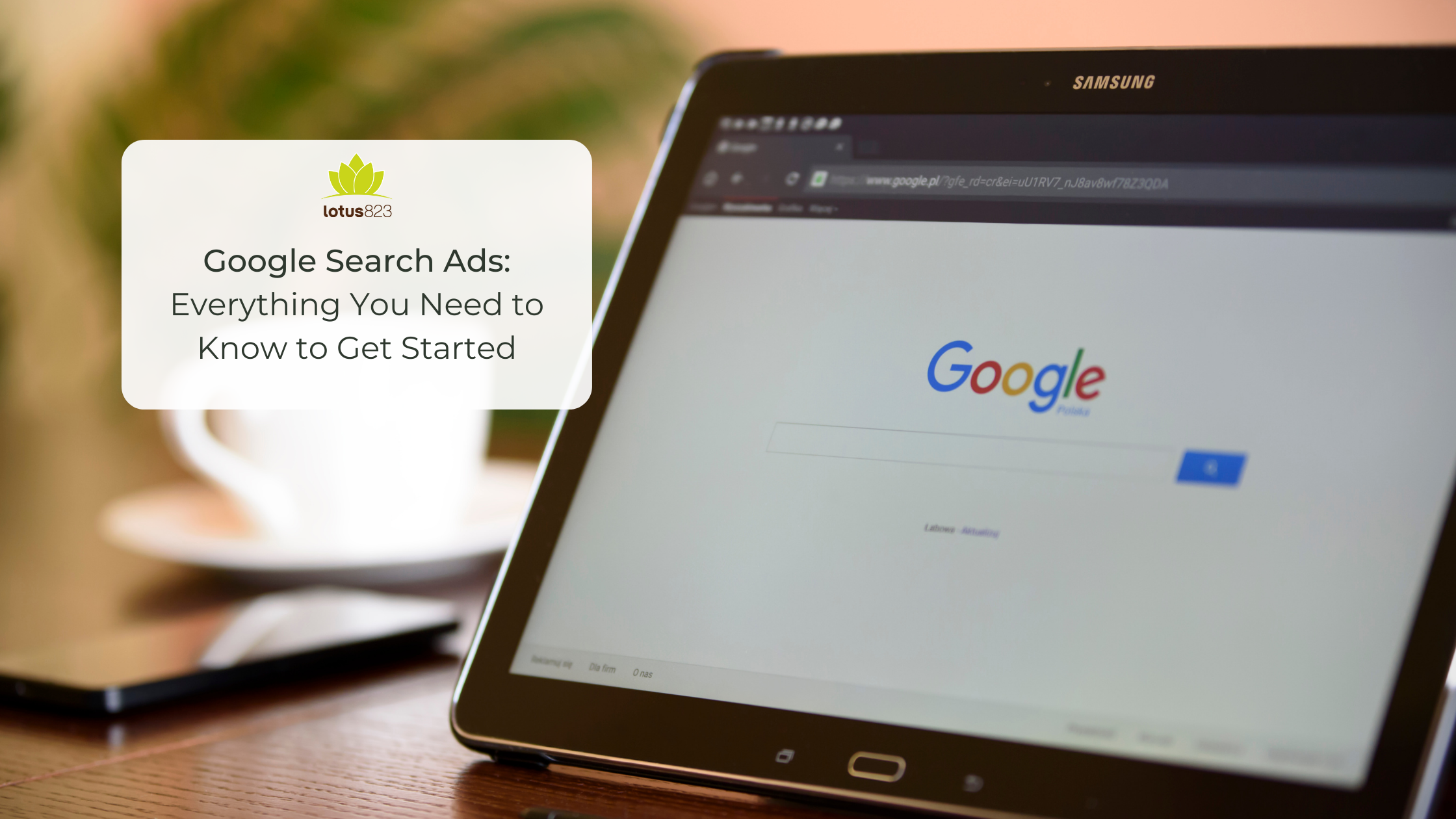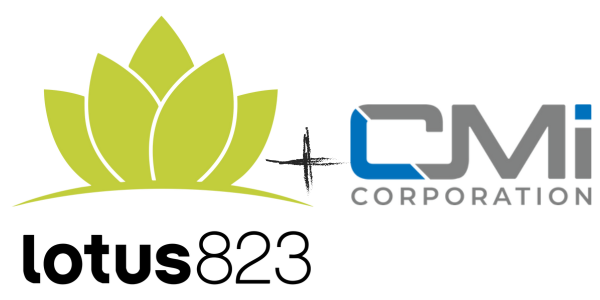
With over a billion Google searches per day, it’s important to have a solid Google Search campaign in order to reach the right audience at the right time. If you’re just getting started, check out our Google Advertising 101 blog post. If you’re ready to launch your Google Search campaign, continue reading!
The Benefits of Google Ads
Google ads allow consumers and businesses to have access to a broad range of products, services, and more to help reach the right people in the moments that matter most.
Google Search ads appear next to search results on Google and other partner sites, like YouTube, but also within the Shopping tab on Google, Google Maps, and Google Play. In addition to the Google Search Network, ads can appear on non-Google search sites that partner with Google to show ads, further expanding audience reach.
Getting Started with Google Search
Determine Your Campaign Goal
Google Search campaigns are a great tactic to reach potential customers, build brand awareness, and even help guide customers to take action. When getting started with a Google search campaign, there are a few things to consider, like the goal of the campaign. Google search ads allow businesses to reach a variety of goals like:
- Drive sales online, in an app, in-person, and over-the-phone.
- Lead generation with the intent of boosting conversions by encouraging people to take action.
- Increase website visits to get the right people to visit your website.
- Influencer consideration to encourage people to explore your products or services.
- Build awareness to maximize exposure and reach new audiences/customers.
- Promote apps to increase installs and interaction within your app.
Audience Targeting
Once a clear goal is determined, advertisers have a few options on how to target their audience, for instance, by device. Targeting by device includes desktop, tablet, and mobile users. Advertisers can even structure their search campaigns for different devices. For example, if the goal is to promote an app, advertisers can solely focus on mobile and tablet devices where apps are used and downloaded the most.
In addition to device specifications, Google search campaigns can be customized to show ads to customers located in, or who show interest in a geographical location. For example, if a restaurant is located in a specific city, like New York City, ads can be customized to reach people within or who have shown interest in New York City. Furthermore, ads can be customized by language targeting. For example, advertisers can restrict where ads may appear, based on the user’s language settings and the language of the site.
Keyword Targeting
Keywords are an essential part of Google search campaigns. To clarify, keywords are words or phrases that are used to match your ads with the terms people are searching for. By adding specific, highly-searched, and relevant words or phrases to your campaigns, further expands ads to reach your intended audience at the right time.
Types of Keywords
Keywords can be broken down into:
- Broad match keywords show ads if a keyword is included in a user’s search terms – this also includes any variations like misspellings, synonyms, or related searches. For example, if you are selling wireless headphones, a broad match keyword could be, ‘headphones.’ Broad match keywords are a great way to reach a very broad and wide audience.
- Tip: add a + sign in front of keywords to turn it into a Broad match Modifier. This will prompt your ads to appear only if the keyword or its close variations are in any part of the search term.
- Phrase match keywords are specific keywords, used in quotation marks. This action turns them into phrase match keywords, meaning your ads will appear only if the keywords within the quotation marks or close variations match the user’s search term.
- This is different from the broad match modifier as there cannot be any extra words between the user’s search terms, but similar since extra words can appear before or after the phrase match.
- Exact match keywords use brackets around the keywords. This will prompt your ads to only appear if the search matches the same thing as your keyword and can include close variations of your keyword, like misspellings, plurals, and synonyms.
- For example, the keyword [men’s bicycles] will show when someone searches for men’s bicycles or men’s bikes, but it won’t show for men’s bikes for sale.
- Tip: Phrase match is a good fit if you’re looking for something that’s more flexible than an exact match, but more targeted than a broad match. It helps you reach more customers, while still showing your ads to those most likely searching for your product or service.
- Negative keywords use a minus sign in front of the keyword, so ads won’t appear if someone includes that negative keyword in their search.
- Tip: The broader match types (broad and broad match modifier) help you discover terms that you might not be aware of already, whereas exact match is good for those search terms you know your customers will be using when they’re searching for a product or service that you want to provide specific messaging for.
Ad Extensions
In addition to keywords, ad extensions are available to add to your search campaigns. These ad extensions include additional information to support your ad, like location information, links to pages on your website, or a phone number.
Determining Bidding and Budget
Once the campaign goal, targeting, and audience are in place, the next step is to determine the bidding and budget. Your bid strategy controls how you pay for users to interact with your ads. Depending on the metric you choose, different bidding options are available to help you optimize your ads. The budget is the amount of money you’re comfortable spending either per month or day.
Another option is to manually set your bids for clicks on your ad and allow Google ads to do the rest! The automated bidding options are:
- Target CPA (cost-per-acquisition): Sets bids to get the most conversions possible while reaching your average cost-per-acquisition goal.
- Target ROAS (return-on-ad-spend): Sets bids to help you get the most conversion value while maintaining your target return on ad spend (ROAS).
- Maximize clicks: Sets bids to help you get the most clicks within your budget.
- Maximize conversions: Sets bids to help you get the most conversions within your budget.
- Maximize conversion value: Sets bids based on the conversion value that you want to maximize.
- Target impression share: Sets bids with the goal of showing your ad at the absolute top of the page, on the top of the page, or anywhere on the page of Google search results.
- Enhanced CPC (cost-per-click): Adjusts your manual bids up or down to help you increase conversions.
Determining the Quality of Your Ads
As your Google search campaigns are running, it’s important to monitor their performance. Advertisers can do this by reviewing the quality score metric, which tells you how relevant your keywords are to your ad and to your landing page. A good Quality Score can help lower your bid cost and improve your ad rank in search results.
Three main factors to consider when determining the quality of an ad are:
- Expected Clickthrough Rate, which is Google’s prediction of how often an ad will be clicked on when it’s shown. Across Google, we rely on user feedback to drive decision making, and user click-through rates (CTRs) tell us what users respond to. By allowing users to vote with their clicks, we have millions of people who are helping us decide which ads are best for each search query.
- Ad landing page experience is important as users want ad landing pages that help them find what they’re looking for. A highly relevant landing page yields a higher score. A high-quality landing page should have appropriate and original content that helps the user complete their task. It should be easily navigable and transparent about the nature of the business, how the site interacts with the user’s computer, and how it intends to use their personal information.
- Ad Relevance measures how well an ad matches what the user is looking for, and helps to make sure that only useful ads are shown. It also prevents businesses from simply paying their way onto a search that’s unrelated to their product or service. In addition, ad copy should be compelling and should include the following:
- Promise: Showcase how your product/service benefits the user
- Value: Highlight what makes your product/service unique without using sales language. Use language such as free shipping, award winning, customization etc.
- Call To Action (CTA): tell users what you want them to do: purchase, order, browse, download, sign up, get a quote, etc.
- Keyword: Include the keyword at least once, preferable in one of the headlines, to show the relevance of the ad in the search query.
- Brand: Include your brand name to increase CTR.
- Also note: During a real-time auction, many additional factors (like the user’s device, the user’s location, and the time of day) are considered to determine the quality of an ad.
Are you interested in getting started with Google Ads but don’t know where to begin? Contact us today and leave the rest to our team!








